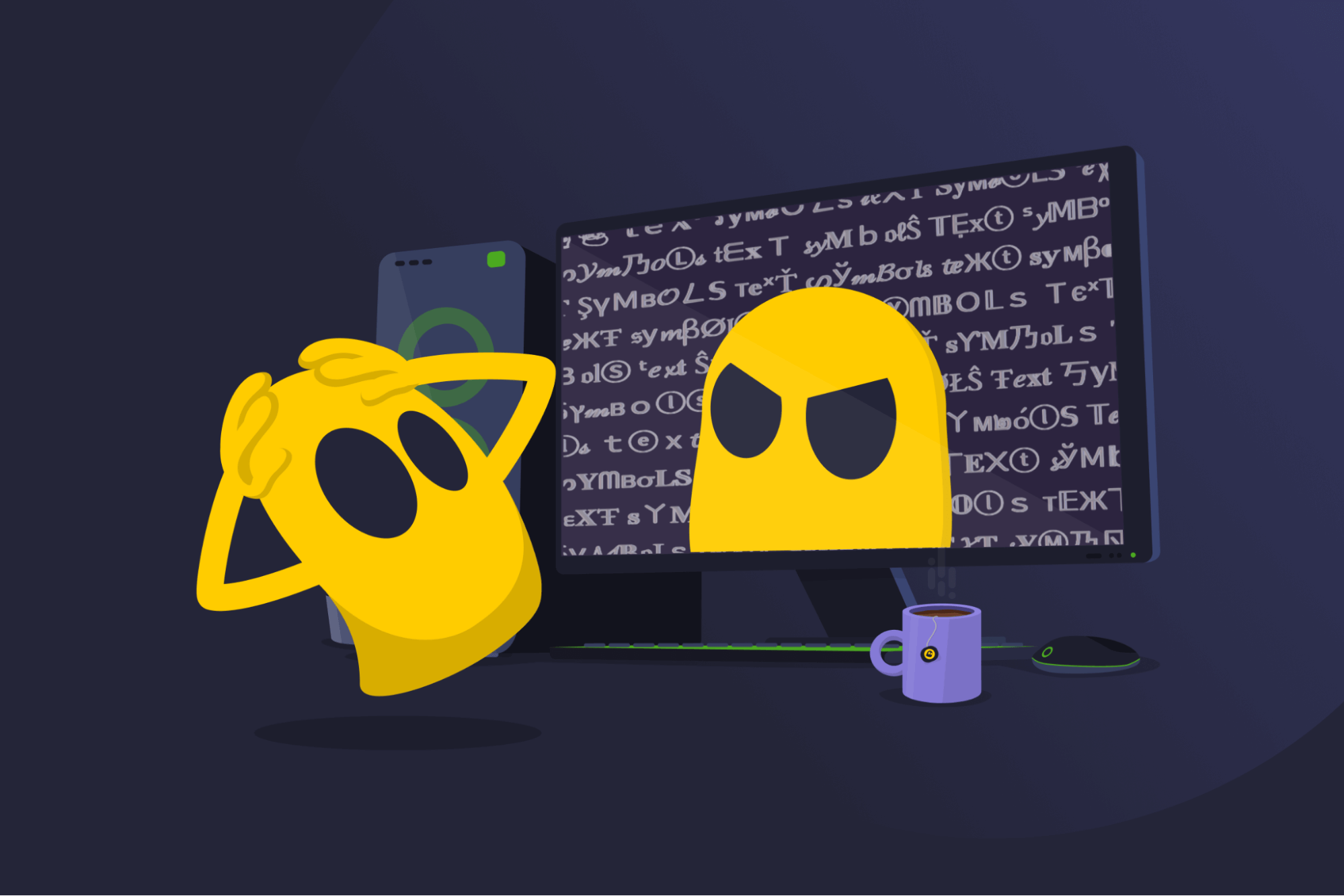Fullz

Fullz Definition
Fullz refers to a complete package of an individual’s personally identifiable information (PII), typically compiled by cybercriminals and sold online. These packages can include a person’s full name, date of birth, ID number, banking information, driver’s license details, and sometimes medical records.
The term "fullz" comes from hacker slang (leetspeak), and it’s derived from "full set" or "full credentials." It likely emerged in the early 2000s on cybercrime forums to describe comprehensive data sets that could be misused for identity fraud.
How Fullz Are Used
Fullz often circulate on illicit online markets and private forums. Cybercriminals who obtain fullz may use them to commit identity fraud and related crimes, like accessing bank accounts, filing fraudulent claims, applying for credit in someone else’s name, or extorting victims. Criminals may also use fullz to gain access to corporate systems or gather more sensitive data.
Main Sources of Fullz
Fullz packages typically don’t come from one source. They’re often assembled from large data breaches, phishing scams, or keyloggers (malware that records keyboard inputs). In very rare cases, insider employees at banks, clinics, or other institutions may illegally sell client data directly to fullz vendors.
Read More
- Identity Theft: Learn How to Stay Safe and Not Become a Victim
- What Is Synthetic Identity Theft?
- What Is Identity and Access Management?
FAQ
You can check whether your data appeared in a known breach using breach-monitoring services (for example, Have I Been Pwned or CyberGhost VPN’s Identity Guard). Those services compare your email address and other identifiers against public breach records and alert you if a match turns up. Data breaches are a common source of the information that makes up fullz.
Yes, fullz sometimes contain sensitive records, like biometric data (fingerprints or face scans) or medical and insurance records if those were exposed in a breach. Such information can make certain types of fraud, like false insurance claims, easier for criminals to attempt.
Fullz are used for various types of fraudulent activities, like opening accounts or credit in someone else’s name, filing false tax or insurance claims, or taking out loans. Cybercriminals may also combine real and fabricated details to build “synthetic identities” for further abuse or resale.

 45-Day Money-Back Guarantee
45-Day Money-Back Guarantee